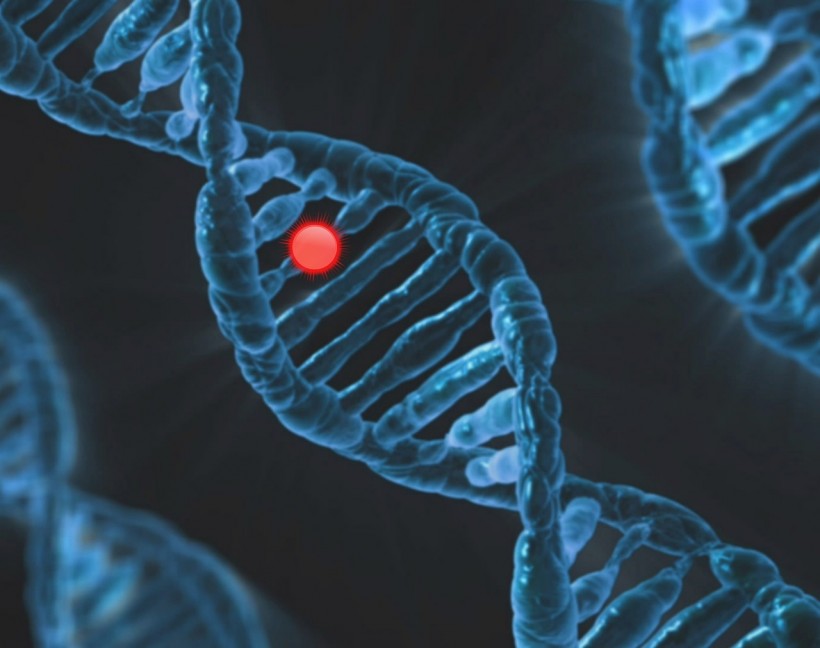Recent research on mice showed that a novel CRISPR-Cas9 strategy that targets a harmful signaling pathway in the heart protects against ischemia or reperfusion damage, News Medical Life Sciences reports.
The findings imply that gene editing might provide a permanent and sophisticated technique for treating heart disease, the main cause of morbidity and mortality globally, and could even be used to repair cardiac damage soon after a heart attack. CRISPR-Cas9 gene editing has shown potential as a treatment for uncommon inherited disorders.

New Gene Editing Therapy May Help Treat Cardiovascular Disease, Repair Damaged Tissue After Heart Attack
CRISPR Gene Editing in Treating Heart Disease
According to the World Health Organization (WHO), cardiovascular diseases account for about 32% of all deaths around the world every year. The most common type of heart is coronary artery disease in which the blow does not flow properly as it is completely blocked to the heart and may lead to a heart attack.
Now, researchers from the University of Texas Southwestern Medical Center believe that the new CRISPR-Cas9 gene editing therapy can treat heart disease and repair damaged tissue.
Gene editing provides scientists with a way to alter DNA to turn on and off specific genes in the cell. CRISPR/Cas9 has a potential treatment for diseases like HIV, sickle cell disease, Parkinson's disease, and certain cancers.
Professor Eric N. Olsen explained to Medical News Today that gene editing enables scientists to target disease mediators with high specificity and only in the injured organ. like the heart, which means it has a high potential for therapeutic benefit with fewer adverse side effects.
Dr. Olsen and his team studied their new CRISPR-Cas9 gene editing therapy using a mouse model. They were packaged into a viral delivery system that targets the heart of the animal models for the components of the gene editing system to reach the heart. He detailed that their CRISPR-Cas9 system has a guide RNA and a base editor.
They discovered that it subdued the CaMKIIδ gene in mice, protecting them from ischemia or reperfusion injury (IRI) due to heart disease. Also, they found that injecting it soon after IRI helped recover cardiac function after severe damage from myocardial infarction.
READ ALSO: Everything You Need To Know About Gene Editing
Next Steps in Using CRISPR in Medicine
Dr. Olson stated that revascularization of the infarct artery with a catheter intervention will continue to be the primary treatment step for patients suffering from an immediate heart attack when asked how this form of gene therapy would affect how heart disease is handled in the future.
He noted that their approach could be applied in repairing damaged tissue after a heart attack to improve cardiac function. However, there is still a lot of work that needs to be done.
According to Medical News Today, the team's next step is to improve the efficiency and specificity of their CRISPR-Cas9 gene editing therapy and try to find other non-viral-based delivery methods. Also, they would have to conduct several safety studies and test whether their approach works in large mammals.
The team published the findings of their study, titled "Ablation of CaMKIIδ oxidation by CRISPR-Cas9 base editing as a therapy for cardiac disease," in the journal Science.
RELATED ARTICLE: Experimental Cancer Treatment That Uses CRISPR Gene-Editing Put Young Girl Into Remission
Check out more news and information on Gene Editing in Science Times.



![Earth's Quasi-Moon Kamo‘oalewa Could Originate From Lunar Surface Not Asteroid Belt [Study]](https://1721181113.rsc.cdn77.org/data/thumbs/full/53275/89/56/50/40/earths-quasi-moon-kamo-oalewa-could-originate-from-lunar-surface-not-asteroid-belt-study.png)










